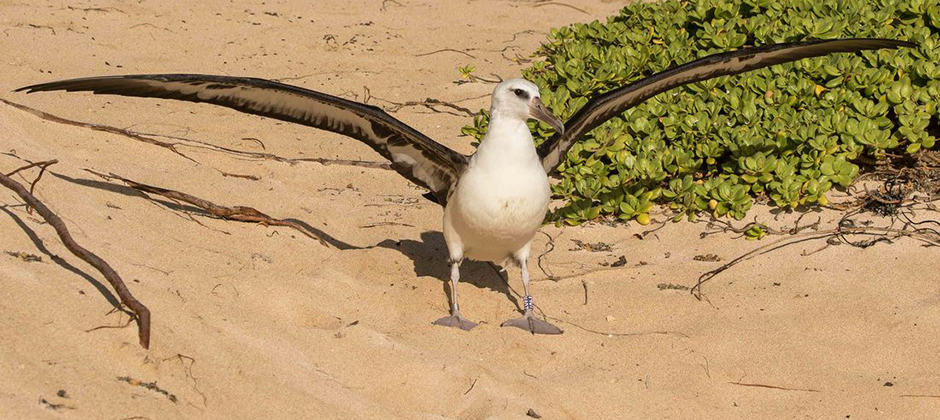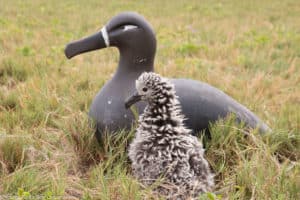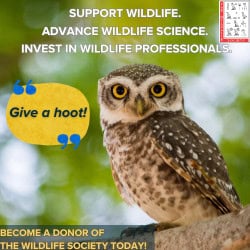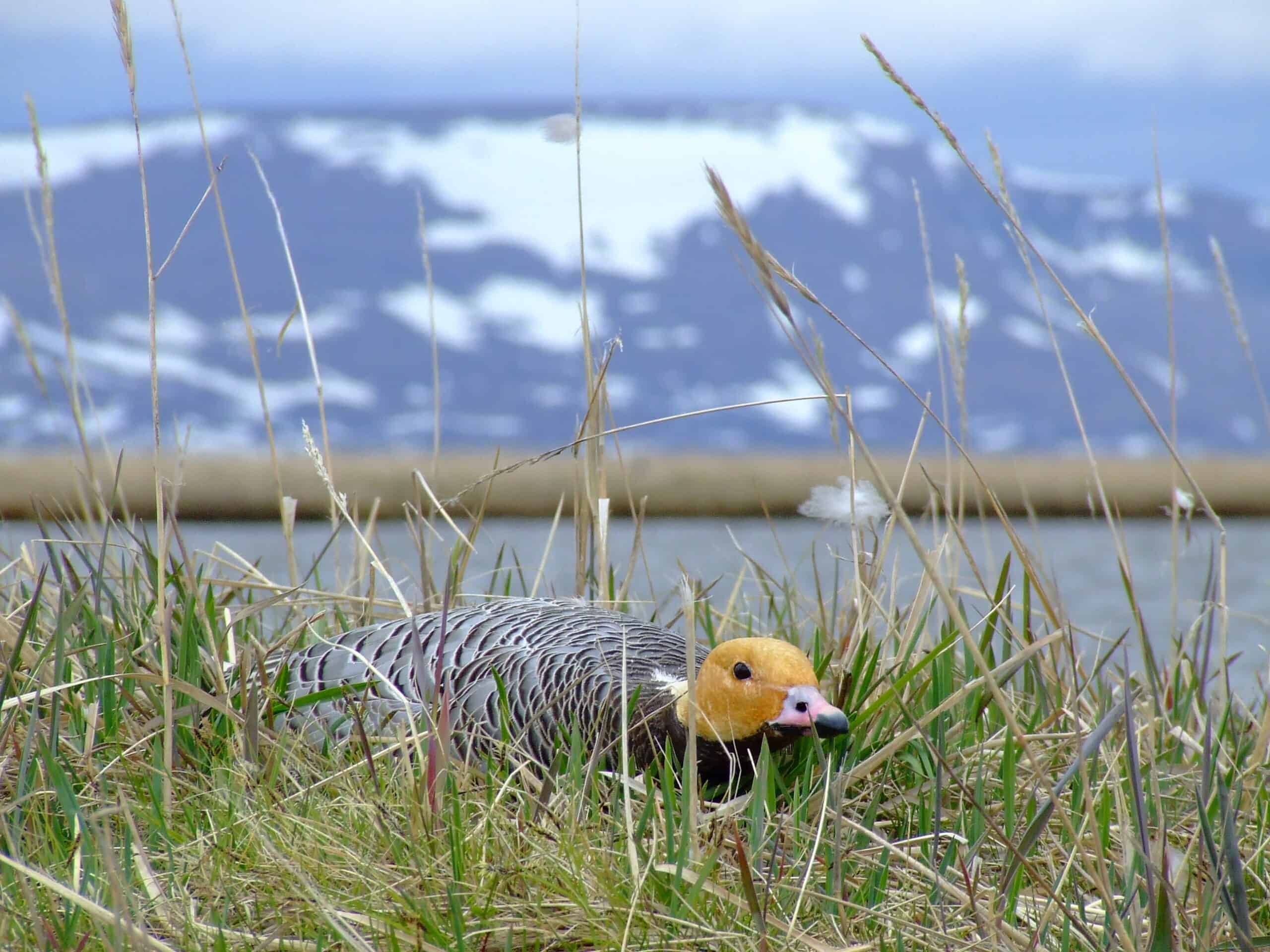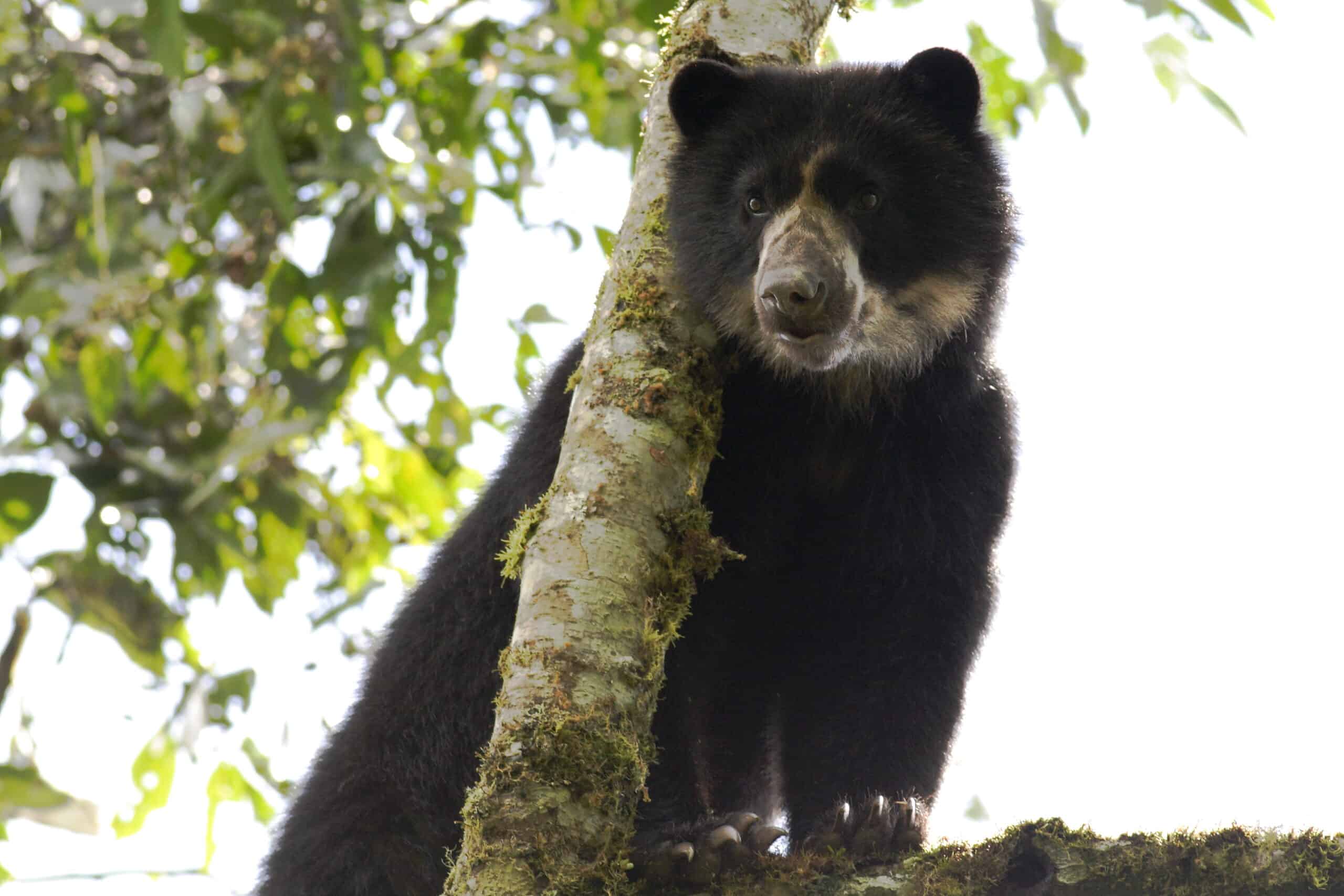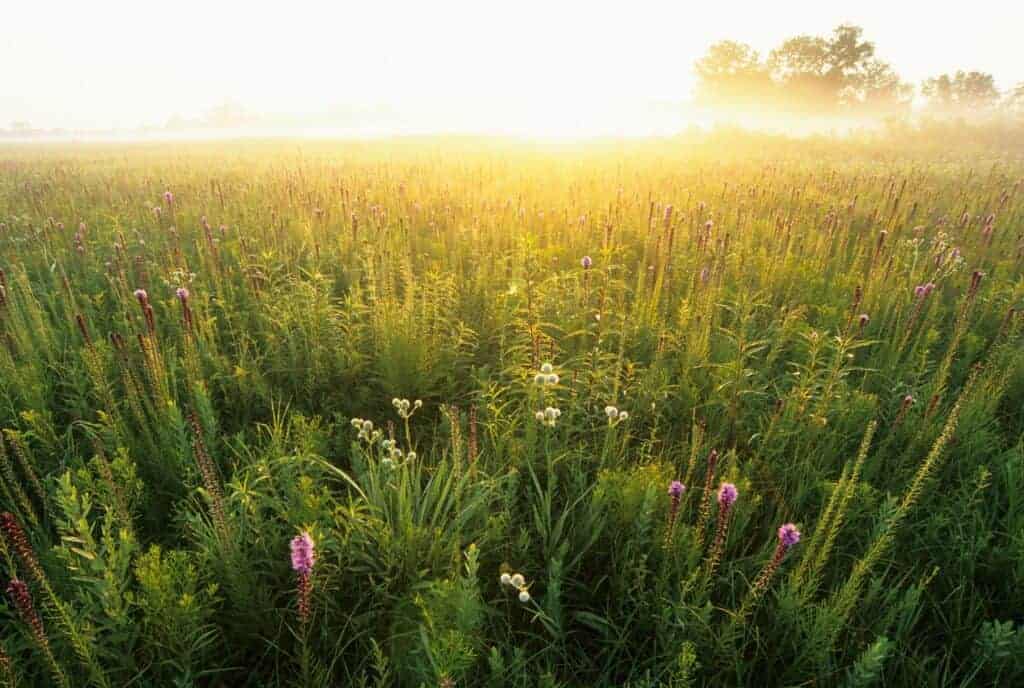Share this article
Watch: Biologists help albatross escape missile range
When albatross populations on the Hawaiian island of Kauai found themselves under aerial attack, the U.S. Navy and biologists teamed up to find the birds a new home.
A population of Laysan albatross (Phoebastria immutabilis) had taken up shop near an active runway of the U.S. Navy’s Pacific Missile Range Facility, presenting a risk to the birds as well as the planes and people within them. The Navy had the authority to use lethal control, but officials wanted to find another way to deal with the massive birds.
The Navy had been working with the Pacific Rim Conservation, an organization focused on maintaining and restoring native birds in Hawaii and the Pacific, on other projects, and in 2015 the latter developed plans to translocate the birds.
“It’s going to be a long-term issue trying to make sure those birds have a home,” said Lindsay Young, the organization’s executive director and a TWS Hawaii chapter member of the TWS Hawaii chapter.
Pacific Rim biologists removed Laysan eggs from nests at the Navy runway and relocated them to foster nests in other Laysan colonies in Kauai. In order not to overwhelm the foster mothers, they conducted tests to detect eggs that weren’t viable and replaced them with eggs from the Navy population.
“We call it an egg swap. The birds accept them regularly,” said Young, one of the co-authors of the study published recently in Global Ecology and Conservation describing the translocation effort.
The only problem was there were too many eggs for the Kauai birds to foster. The conservationists brought the excess eggs to Oahu, placing them temporarily in incubators before transferring them to foster nests at Kaena Point Natural Area Reserve.
Initial efforts saw limited success. But researchers placed the eggs in foster nests as quickly as possible and slightly lowered the incubator temperature to improve survival.
The birds hatched in the foster nests, allowing them to imprint on the right species and eat the correct type of regurgitated food. After a few weeks, the birds were moved to the James Campbell National Wildlife Refuge on Oahu, where Pacific Rim biologists raised them by hand.
At this point in the chicks’ lives, Young said, Laysan albatross adults may spend days out at sea gathering enough food to bring back to their young, so they chicks receive food every few days. The biologists tried to mimic this feeding pattern, giving them large meals of fish and squid every few days until they were ready to fledge.
Lucky for the translocation efforts, these birds fledge instinctually. “They start practicing for a couple weeks before hand, doing test flights,” Young said.
Aside from the benefits of shifting the birds from the Navy runway, Young said, the effort is teaching conservationists how to move birds in order to cope with the future loss of traditional nesting grounds that may occur as a result of rising sea levels due to climate change. It will also help conservationists recover colonies afflicted by other human-caused problems, such as the killing of 15 Laysan albatross in Kaena, on Oahu’s northwest point, by a group of private school students in 2015.
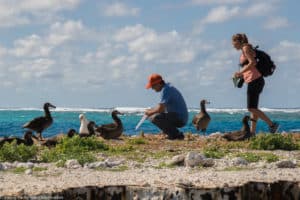
Researchers collect black-footed albatross chicks from Tern Island, Hawaii for translocation. ©Lindsay Young, Pacific Rim Conservation
“What started out as a problem has turned into an opportunity,” she said.
A year into the effort to move these Laysan albatross, the conservation organization saw an opportunity to piggy-back their efforts and help another species that nests in the same area — black-footed albatross (Phoebastria nigripes).
The researchers began to translocate black-footed albatross chicks from Midway Atoll and Tern Island National Wildlife Refuges in 2016 to James Campbell, raising them by hand.
To create a natural-seeming albatross environment, they also surrounded these birds with speakers playing albatross sounds and albatross decoys. The idea was to attract wild birds to bolster the translocated population in a technique known as social attraction.
The conservationists can’t yet speak to the success of their efforts — both bird species often spend three to five years at sea before coming back to their nesting areas to breed. Only one Laysan albatross, which fledged from the first batch, has so far returned.
But if the birds survive this period, they should eventually come back to James Campbell. Albatross imprint their geographic location after they are a few weeks old, meaning that they should come back to the area conservationists translocated them to.
For now, they only can tell that they’ve had 90% success bringing the birds of both species to successfully fledge.
“Once they’re ready they just go. Oftentimes you’ll see a bird take off and it will just fly straight into the horizon and that’s it,” she said.
Header Image: A translocated Laysan albatross chick in Hawaii in 2017. ©Eric Vanderwerf



